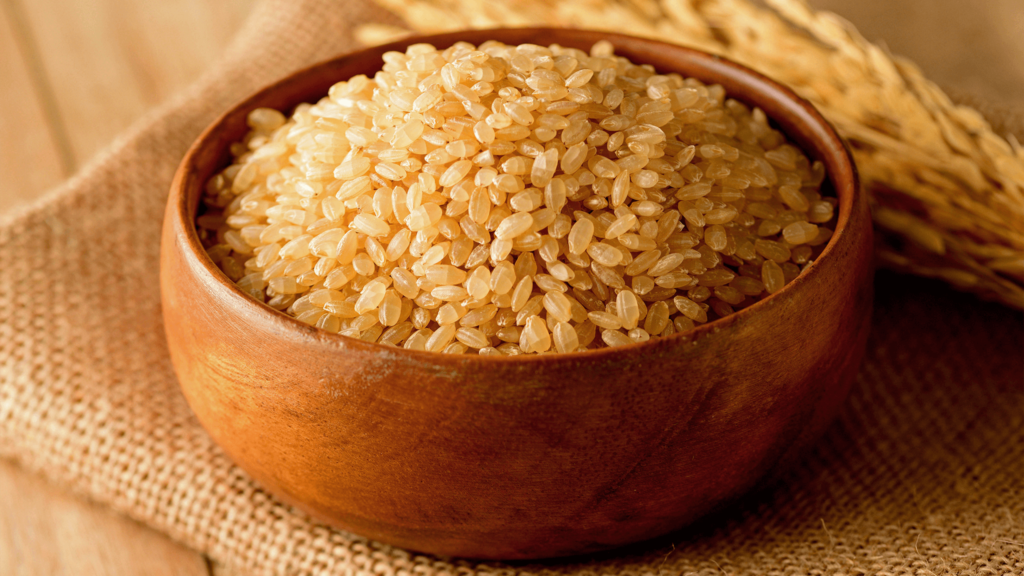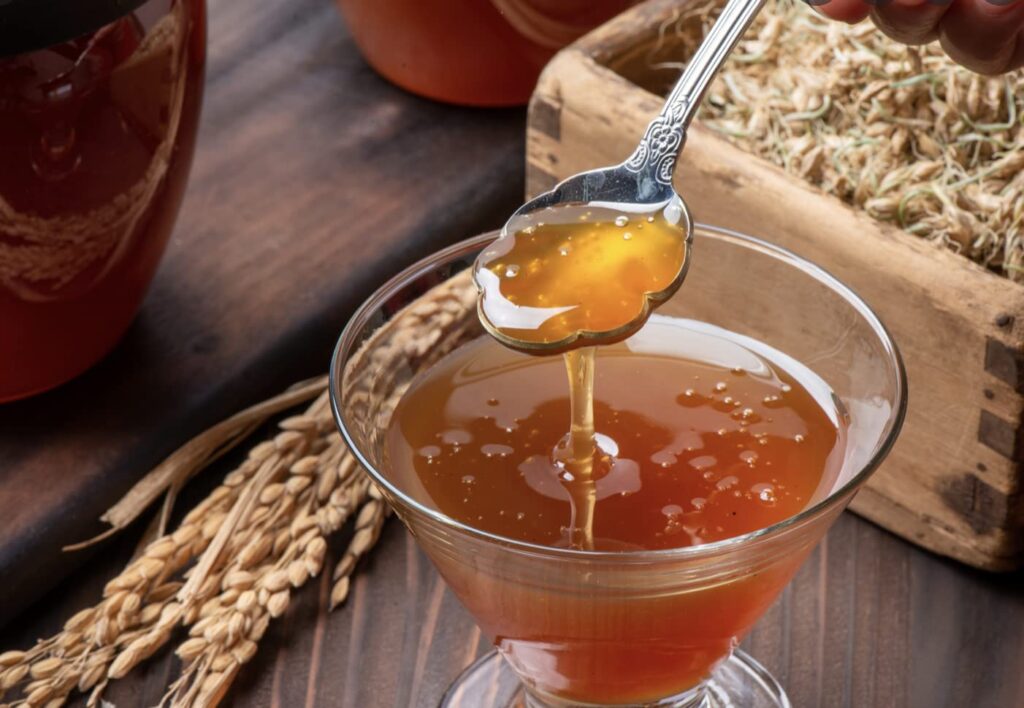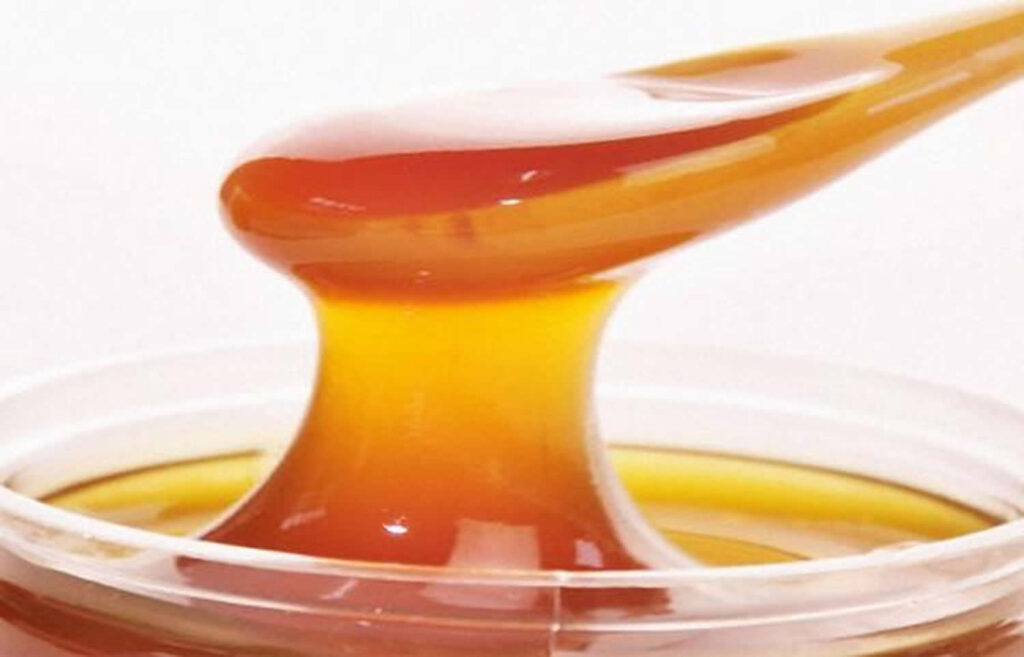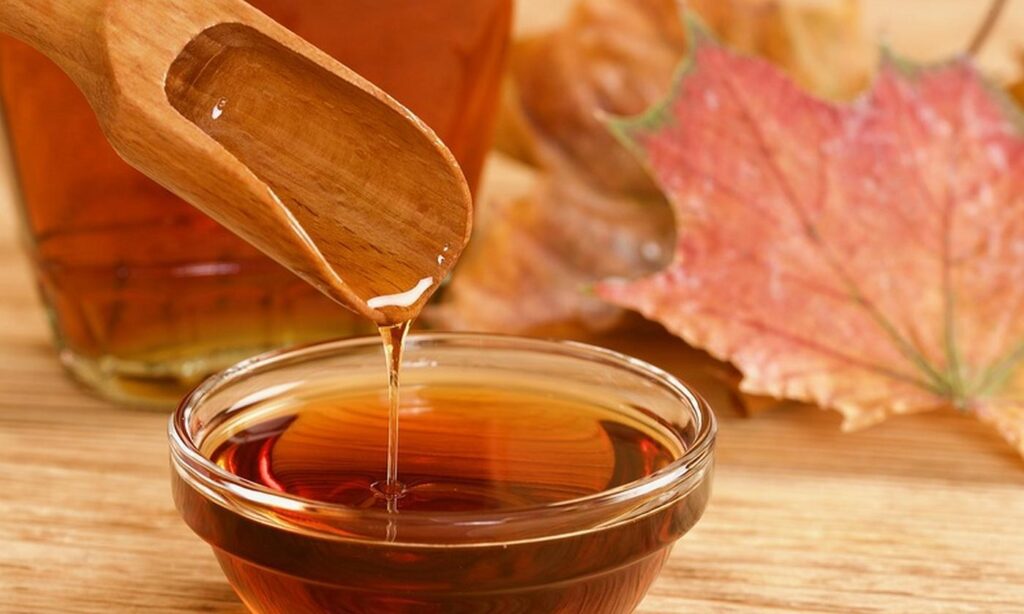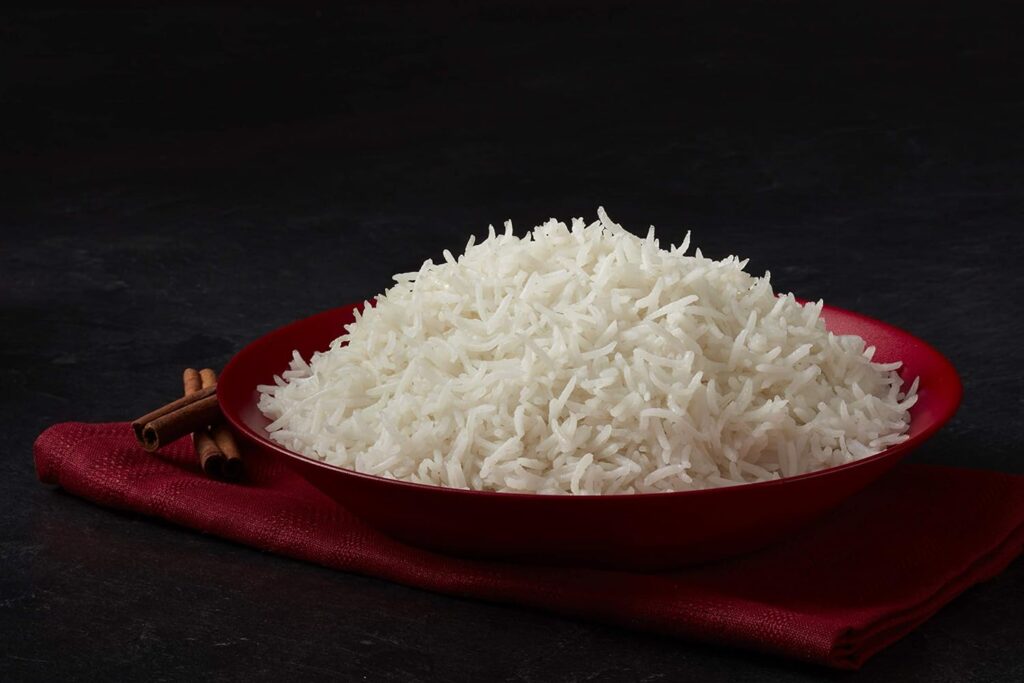Shafi Gluco Chem believes in bringing you the best of healthy cereal ingredients. As is the case with all of our ingredients, our Rice and Tapioca starch fall not too far from the tree. Being the only two products in our Starch category, our rice and tapioca starch come with a multitude of applications and benefits, being unique to their core.
We will be going into detail about each of the two starches down below.
Rice Starch
Rice starch, also known as native rice starch, is a free-of-gluten thickener and stabilizer used in various domains and manufacturing industries. With rice or tapioca as its derivative base, it is known for its quality of adding chewiness to wherever applied. Rice starch is used specifically, in many cases, for bettering taste and correcting the texture of the recipes that it is used in.
On the technical side, it contains an exceptionally abundant amount of carbohydrates that are known for slowly breaking down in the human body, aiding it in a number of bodily, metabolic processes and fluidity.
Specifications
Constituent of a number of ingredients, our native starch is comprised of the following main ingredients among others. Its starch content is greater than 88%. It has a protein quantity of about less than 0.5%. Moisture wise, it is less than 14% moist in its composition. With less than 1.0% of ash content, rice starch has a shelf life of not more than 24 months (2 years).
Applications
Rice starch has a number of diet-based applications.
It is used as a natural thickener in soups. The only way to achieve that thickness in soups is to use starch as your base. In baked goods, starch plays the role of rising your make in the oven. However, it can get quite complicated should you mess with the consistency of the batter and the amount of starch added. Mindfulness is recommended.
Starch is also used in puddings for maintaining consistency and also in gravies for the same purpose. Pie fillings have a decidedly concentrated amount of food starch as do pre-manufactured sauces. Food starch/rice starch is also used in a number of desserts, chewing gums, and candies. Frozen edibles also contain rice starch.
Rice starch really helps with thickening sauces or meaty textures. This is good and recommended especially if protein content is aimed to be minimized in the end product. In terms of texturizing, it softens textures for a better output. Nutritionists recommend using rice starch with foods that are low in carbohydrates and starch content so that the energy composition of the meal being cooked is balanced out.
Apart from these and being used for bread-baking and snacks, rice starch has a much diverse usage in the culinary domain and is, in particular, popular with Thai cuisine.
Benefits
Some Gluco-Chem-specific benefits of rice starch that will definitely interest you are the fact that it is highly digestible and allergen-free. From a religious point of view, it is certified halal and kosher. With specifics of diet in mind, it is both vegan and non-GMO.
Rice starch is available in multiple variants.
Tapioca Starch
Tapioca starch is quite similar to rice starch in its properties and functionality. Gluten-free and used as a thickening agent, native tapioca starch is also derived from a rice/tapioca base. It has texture-correction properties much like rice starch does and makes food/edibles more chewable. To whatever it is applied to or added in, this starch enhances its taste and gives it a more palatable composition.
Carbohydrate-rich, tapioca starch is particularly healthy for those on a prescribed diet.
Specifications
Tapioca starch has a starch consistency of greater than 84% with its protein richness being an exact 0.3%. It is 14% moist and has an ash consistency of about 0.3, same as its protein consistency. Furthermore, tapioca starch has a shelf life of around 18 months without any wiggle room.
Applications
The fact that both rice and tapioca starch have striking similarities is why they are both, quite often than not, used interchangeably. Tapioca is also used in the thickening of soups, puddings, sauces, and gravy. Pie fillings use quite a lot of tapioca starch to keep the fillings moist for longer periods of time. It is used to raise the surface of goods being baked in ovens and for desserts to retain their sweetness for, again, much longer.
Candies and edible sweets use it to retain their color and sweetness whereas frozen treats also use tapioca starch for a number of purposes.
Many restaurant quality meals, those that require for their texture to be light, soft, and crusty, use tapioca starch as it helps them achieve exactly this. Due to its nutrient-rich composition, with focus given to carbohydrates, many nutritionists recommend the use of foods and consuming meals containing tapioca starch.
Benefits
Much like its sister-ingredient, tapioca starch is also highly digestible and often recommended for this very purpose. It is allergen-free as well and those concerned with halal/kosher ingredients can also safely use this in their cooking. Shafi Gluco Chem’s tapioca starch is certified vegan and is non-GMO. It is also easier to handle/work with since it is available in multiple forms.


